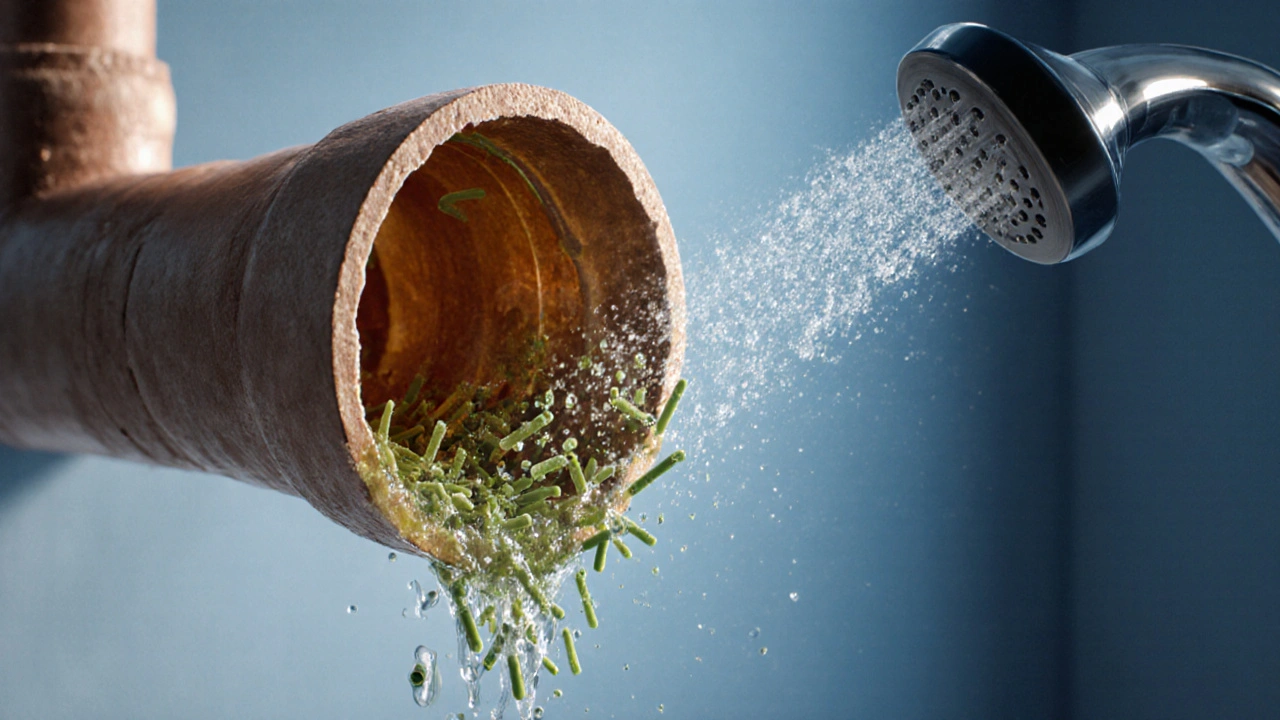Legionnaire's Disease: Symptoms, Causes, and Treatment
When dealing with Legionnaire's disease, a severe form of pneumonia caused by inhaling contaminated water droplets. Also known as Legionellosis, it primarily affects the lungs but can spread to other organs if untreated.
The root of the problem is Legionella bacteria, Gram‑negative microbes that thrive in warm, stagnant water such as cooling towers, hot tubs, and plumbing systems. Their ability to form biofilms lets them survive disinfectants, making them a hidden threat in many buildings. When tiny droplets are aerosolized, people inhale the bacteria, which then attach to the respiratory tract.
How Legionnaire's Disease Connects to Pneumonia and Diagnosis
Because the infection attacks the lung tissue, Legionnaire's disease is classified as a type of pneumonia, inflammation of the air sacs that leads to coughing, fever, and shortness of breath. Doctors often rely on chest X‑rays or CT scans to spot the characteristic infiltrates. A quick urinary antigen test can confirm Legionella presence within hours, while sputum cultures provide a definitive diagnosis but take longer.
Once confirmed, the treatment plan focuses on antibiotic therapy, use of drugs that kill or stop bacterial growth. The two most recommended classes are macrolides (like azithromycin) and fluoroquinolones (such as levofloxacin). Typical regimens last 10‑14 days, with dosage adjusted for kidney function. Early initiation of the right antibiotic dramatically cuts the risk of complications and shortens hospital stays.
Preventing outbreaks means tackling the source: water system contamination, the presence of Legionella in building water supplies caused by inadequate temperature control or poor maintenance. Regular cleaning of cooling towers, maintaining hot water above 60 °C, and using copper‑silver ionization are proven measures. Facility managers should schedule routine testing, especially in hospitals, hotels, and large office complexes where vulnerable populations gather.
Understanding these links—bacteria to water, water to inhalation, inhalation to pneumonia, and pneumonia to antibiotics—helps you see the whole picture. Below you’ll find a curated set of articles that dive deeper into each piece: from safe medication buying guides to detailed comparisons of antibiotics and other health topics that often intersect with respiratory infections. Explore the collection to get practical tips, dosage advice, and safety checklists you can apply right away.
Learn how water filters-especially UV, ceramic, carbon, and membrane types-can block Legionella bacteria and lower the risk of Legionnaire's disease at home.
